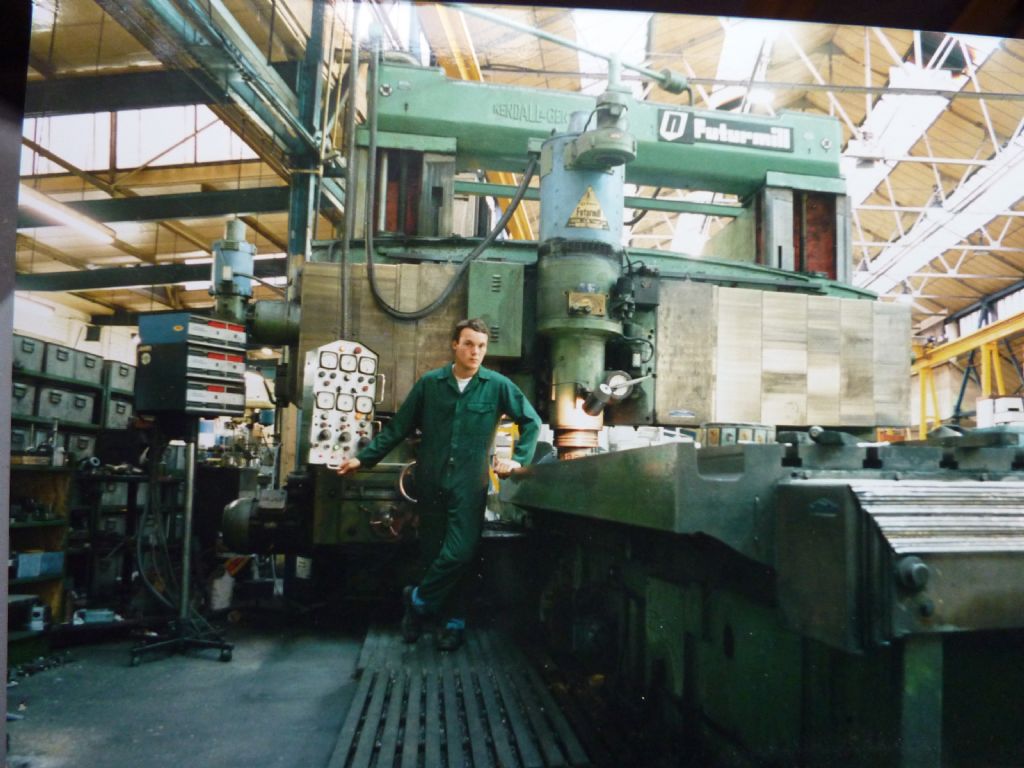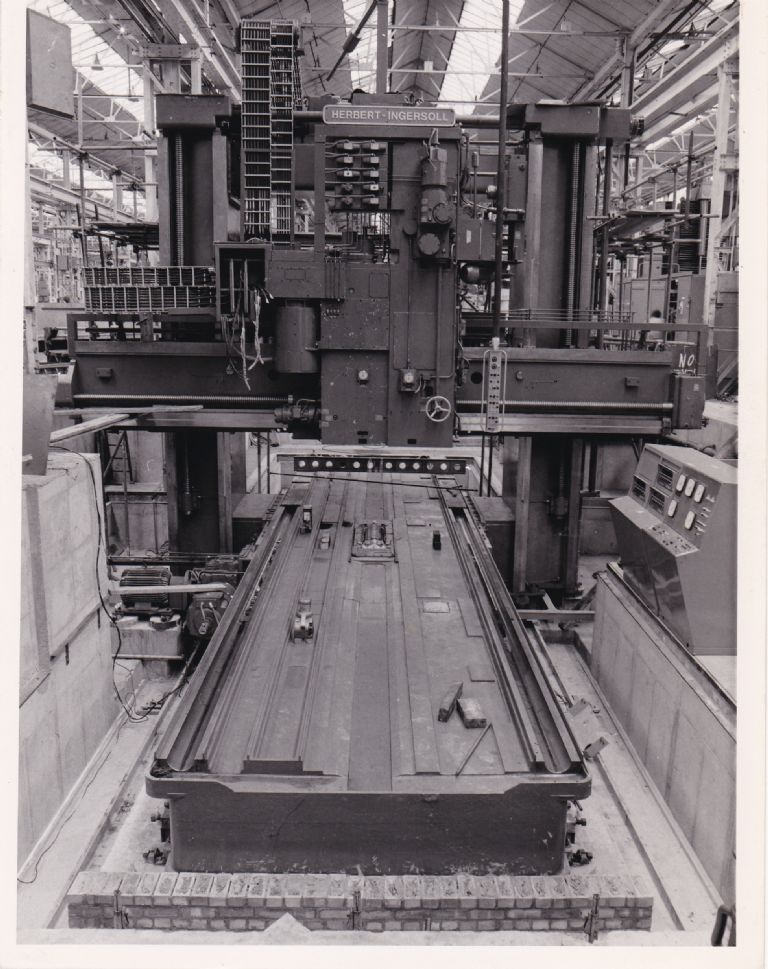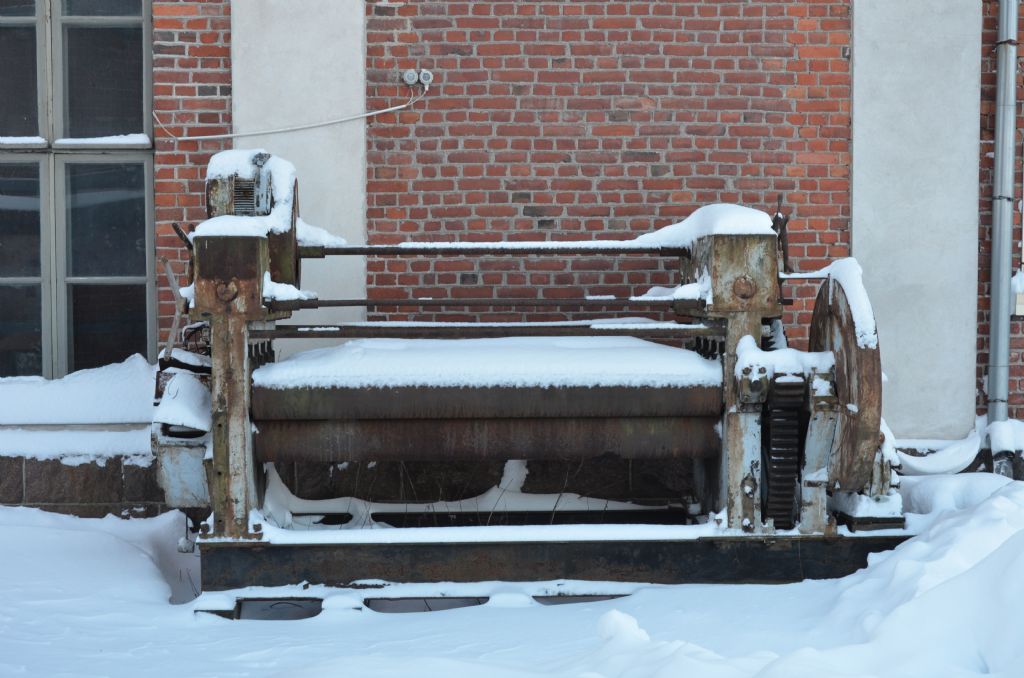Posted by Phil Whitley on 23/01/2019 19:04:31:
Posted by Mark Rand on 22/01/2019 23:04:51:
…
- One reason that France has had the cheapest electricity in Western Europe for the past 40 years is that they invested in large numbers of essentially identical nuclear reactors. They have been exporting 2GW of cheap power to us for the last three decades…
…
6) By " they invested" you mean, "the French government paid for" One of the reasons the French have cheap power is that the French Government backed EDF is using the vast profits it is making in the UK to subsidise the cost per unit in France! At 40 years old I would think that the early ones are coming to the end of their design life, or will be soon. They have not been exporting 2gW of power to us for three decades, this is simply wrong, look at http://www.gridwatch.templar.co.uk/ all the europe interconnects work in both directions, and the direction of power flow changes daily, sometimes hourly.
…
I too don't want to put anyone's nose out either but I think you're both wrong – maybe! A trap engineers often fall into is to undervalue the financial importance of an operation. We tend to concentrate on the efficient operation of technology and ignore or demean the uncomfortable fact that it has to be paid for. Recent threads bewail the cancellation of projects like Black Arrow, TSR2 etc and blamed these 'mistakes' on evil accountants! I'd say they were engineering failures due to cost overruns.
In France EDF inherited a state-subsidised Nuclear Power programme that claimed to be producing cheap electricity. The accounts are murky but It probably isn't true: the experience of everyone else is that – despite obvious advantages – Nuclear is expensive.
In most of the developed world energy is managed by selling it wholesale at prices agreed before consumption. In the UK several providers compete one day in advance to sell electricity made in various different ways – coal, nuclear, gas, wind, solar etc. Famously coal electricity was recently the most expensive and for the first time ever in Britain, no coal powered electricity was generated at all.
Renewables might seem to be at a disadvantage. Actually they bid on the basis of the next days weather forecast which, although locally unreliable, does predict the overall capacity available nationally with reasonable accuracy.
French nuclear energy is bought and sold in the same market and it follows that the UK only buy when it's cheaper than the alternatives. The French aren't much profiting from the arrangement, rather it's a way of reducing the cost of running their nuclear power stations by keeping them working flat out. In practice, the French taxpayer is probably subsidising British consumers.
My main point is that it is money rather than straightforward engineering considerations that matter most in this system. An engineer can explain how best to run a generator at optimum efficiency, but his wise advice is utterly pointless unless the electricity has a customer. True that engineering considerations cannot be ignored completely because in practice a supplier may not be able to meet the contract. The market has a number of financial mechanisms for dealing with this, for example Spark, Dark, Quark and Bark Spread can be used to calculate the cost of bringing power stations on or off stream in the event this has to be done unexpectedly. The role of the engineers in this game is to find cheaper and more flexible ways of meeting demand, not to tell customers what they can have. Until the technology goes wrong that is!
Engineers and accountants have always had a difficult relationship. Accountants don't understand technology, but they know exactly what it is worth at the moment, which might be nothing. They bankrupt companies by refusing risk and missing future opportunities. Engineers who don't understand the need to balance the books bankrupt the company by costing more than customers are prepared to pay. Then they blame the customer for not appreciating the 'quality' of their over-priced products.
Best results are achieved by team work but it's not easy – specialists rarely understand each other.
Dave
Edited By SillyOldDuffer on 23/01/2019 22:08:36
Colin Heseltine.









